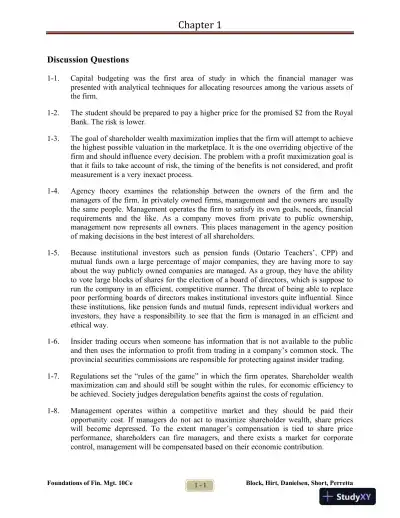Page 1

Loading page ...
Foundations Of Financial Management, Tenth Canadian Edition Solution Manual provides step-by-step solutions and explanations for better comprehension.

Loading page ...
This document has 697 pages. Sign in to access the full document!